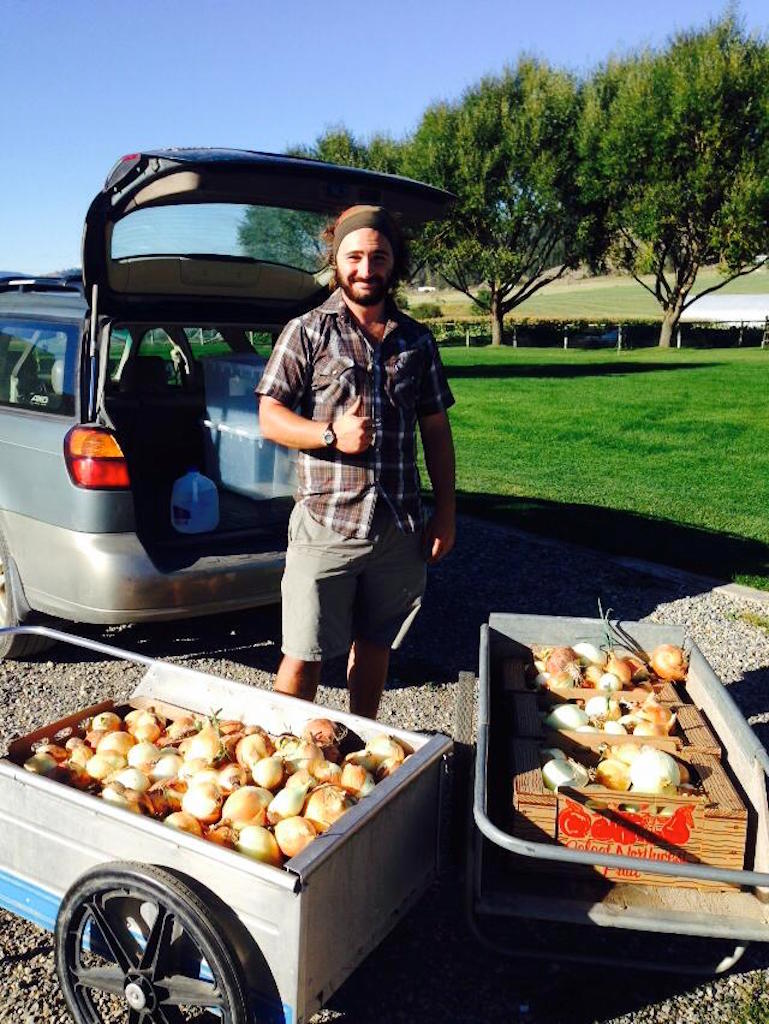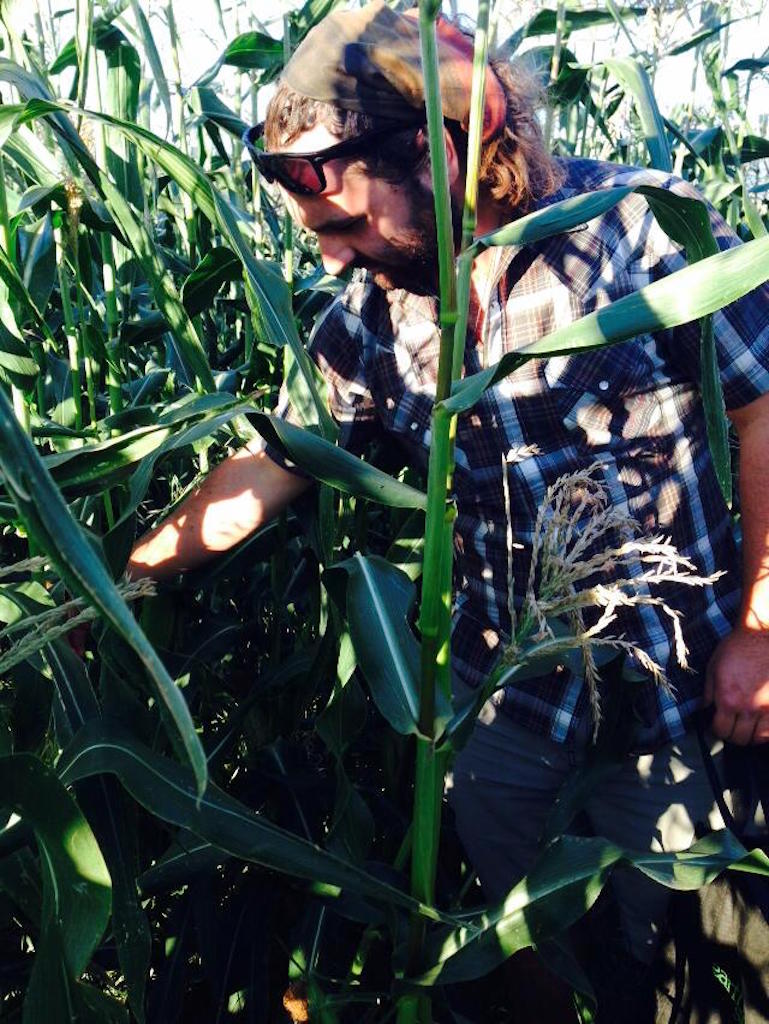
Key Points
Even when large amounts of summer squash, cucumbers, and other prolific vegetables are being donated by local gardeners, food pantries will still gladly accept the same produce from commercial growers because of its higher quality.
Distribution is often the greatest barrier to providing food pantries in a large geographic area with regular donations of fresh produce.
Having a reliable contact for growers leads to more donations over the course of a season.
Our Experience
The large majority of donations from local growers to the Harvest Against Hunger program was already harvested produce. When cucumbers and summer squash came into season, the Harvest VISTA received calls daily from growers who did not want their excess produce to go to waste, but did not have time to drive it into town to the food banks. The growers often asked if they were “overwhelming” the food bank with too much fresh food that might go to waste. However, the number of food bank members in the Hunger Coalition meant there were more than enough places to distribute fresh produce. The difficult part of this system is that there is no delivery structure in place and the majority of the food banks do not have the volunteer capacity to pick up the produce. Therefore, a large portion of the produce delivery fell on the Harvest VISTA, a few Hunger Coalition transportation volunteers, and at times produce donations lined up with the Rural Resources deliveries to the far reaching food banks. The consistent flow of small amounts of produce made it challenging to work within the Rural Resources delivery system, which only visited the food banks once monthly.
The vast majority of farms in Stevens County are small enough that there were not thousands of pounds of produce left in the field after harvest; the majority of the waste came from the lack of storage capacity of these small growers. This is where it was important to have a contact person that was able to pick up excess produce and get it to where it was most useful. Many growers planned their season with a small margin for waste, but there were a few growers that let certain crops go once they became more labor than what they were worth, or they over-planted to ensure they would have enough. These crops mostly included green beans and onions. Green beans are very time consuming to harvest, and many of the growers in the area can’t afford to lose that much time or to pay labor to harvest. One of the contracts, with Simple Gifts Farm, required volunteers to harvest the green beans and since the labor was provided the price was significantly reduced. The harvest program picked nearly 400 pounds of green beans, the stipulated number in the contract. Gleaning would have been available for green beans after the purchased amount was harvested, however it took several gleans over five weeks to reach that amount with numerous different gleaning groups. Shortly after the purchased amount was harvested there was a heavy frost and the plants were killed.

Many of the traditional gleans took place on Front Porch Farm and Colville Corn Maze. Several times a week during the summer, Front Porch Farm would call the Harvest VISTA to pick up boxes of already harvested produce that they could no longer sell. They also invited the harvest program out to glean the field of squash and onions once they were done harvesting. Colville Corn Maze invited the harvest program out numerous times to glean after the purchased amount of corn had been harvested. Corn gleans are very popular and many volunteers wanted to come, but they also go extremely fast and this particular grower would give us a certain number of boxes each glean to make sure he still had enough to pick and sell himself. Once those boxes were filled, which often took ten to fifteen minutes, the gleaning group was done.



